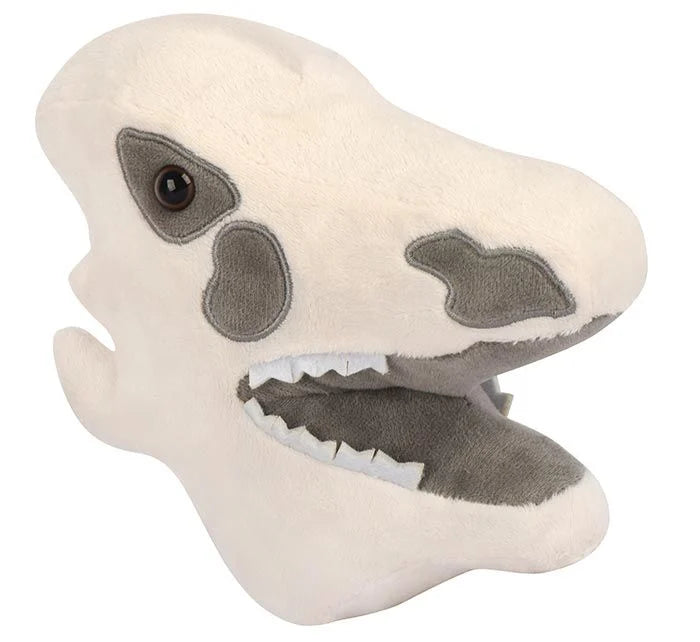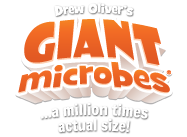Giant Ground Sloth Skull
Giant Ground Sloth Skull
Couldn't load pickup availability
Introducing a NEW brand from GIANTmicrobes - Fuzzy Fossils!
Sloths originated over 20 million years ago as mostly arboreal animals. They soon evolved into giant animals spread across diverse terrain. Fossils of over 60 types of prehistoric sloths have been found, ranging in size from small dogs to the massive megatherium, the best known of the giant ground sloth.
Size: 18 x 15 x 8cm
All About Ground Sloth Skull
Sloths originated over 20 million years ago as mostly arboreal animals. They soon evolved into giant animals spread across diverse terrain. Fossils of over 60 types of prehistoric sloths have been found, ranging in size from small dogs to the massive megatherium, the best known of the giant ground sloth.
Megatherium lived from 2 million years ago until the end of the last ice age. This was during the Pleistocene and Holocene epochs of the Quaternary period. Giant ground sloths lived side-by-side with our human ancestors and mostly roamed the South America landscape, although fossils have been found as far north as Texas.
Megatherium is the largest sloth yet discovered at 20-feet long and over 4 tons. This elephant-sized sloth was a gentle giant with long hair. It ate plants by rearing up its strong hind legs and then using its arms to tug at trees and bring leaves to its mouth. Megatherium had massive limbs with long, curved claws used for grasping branches and defending itself against saber-toothed cats and other ice age predators. Its powerful jaws had simple peg-like teeth for chewing plants. The structure of its foot bones required these sloths to walk slowly on the edges of its feet while keeping its claws curled inward off the ground.
Giant ground sloths vanished, along with mammoths and other megafauna, soon after human beings arrived in its territory. While people likely impacted their habitat, there is no direct fossil evidence that humans hunted megatherium and drove them to extinction. Fortunately for all of us sloth lovers, one lineage of smaller sloths remains alive today, represented by six species of sluggish tree dwellers.






